Lubaina Himid at Tate Modern: a powerful but ‘neutralised’ retrospective
Retrospective exhibition confirms the Zanzibar-born artist as ‘an irrepressible witness to our times’
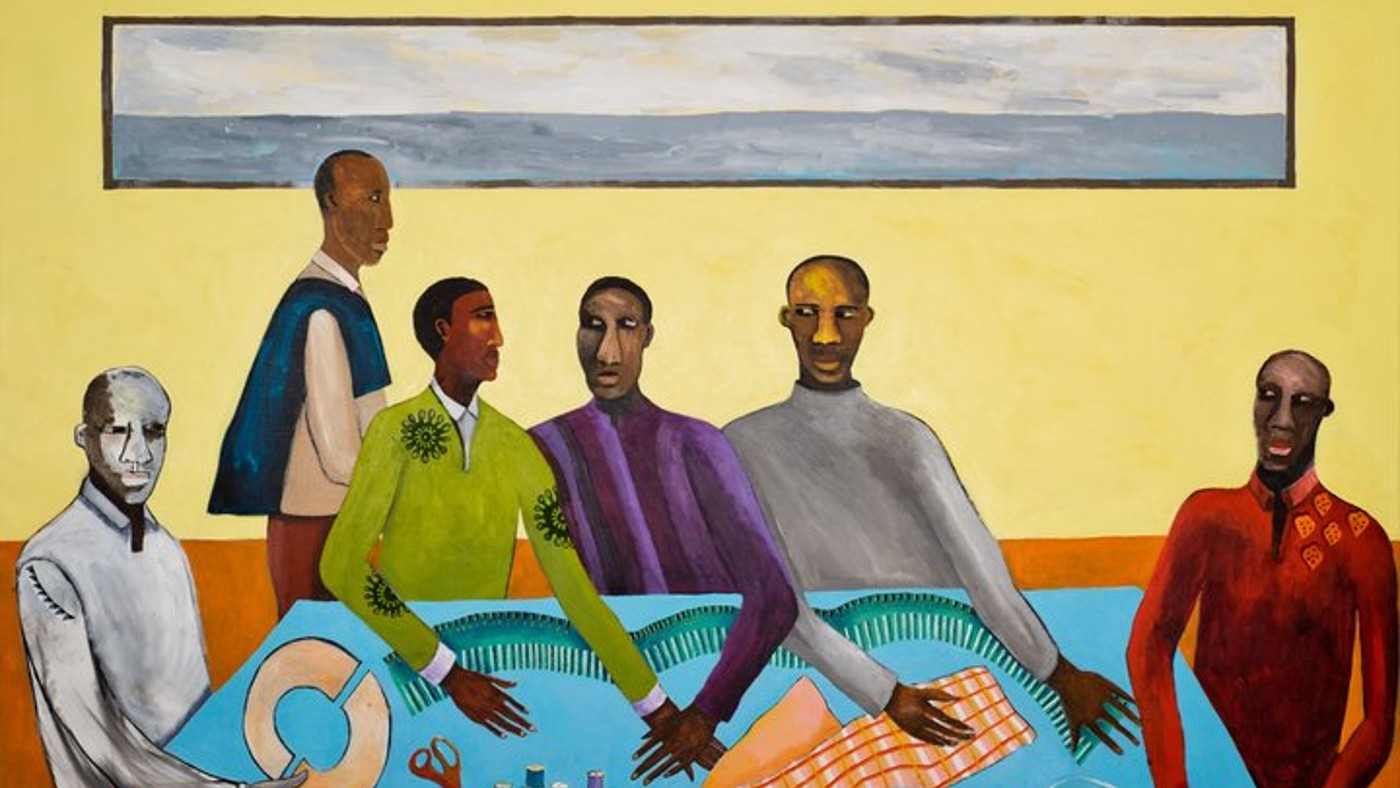
Lubaina Himid’s new show at the Tate is a “thunderously impressive” event that is “bursting with creativity”, said Waldemar Januszczak in The Sunday Times. Born in 1954 in Zanzibar to an English mother and a Zanzibarian father who died soon after her birth, Himid grew up in England with a keen sense of her origins and the complicated historical context that engendered them.
From the 1980s, she carved a reputation as an “aesthetic activist”, developing a style that blended faux-naif figurative painting with dioramas that drew on her training as a set designer. In 2017, she became the first black woman to win the Turner Prize.
Throughout her career, her chief subjects have been “slavery, the crushing of black identity, the dark power of the sea”. This “powerful” retrospective brings together a broad selection of Himid’s work since the 1980s, tracing its evolution from angry agitprop to ever more subtle and imaginative modern art. It leaves you in no doubt that as an artist, she just keeps “getting better and better”.
The Week
Escape your echo chamber. Get the facts behind the news, plus analysis from multiple perspectives.

Sign up for The Week's Free Newsletters
From our morning news briefing to a weekly Good News Newsletter, get the best of The Week delivered directly to your inbox.
From our morning news briefing to a weekly Good News Newsletter, get the best of The Week delivered directly to your inbox.
This exhibition ought to be “a sure-fire hit”, said Laura Cumming in The Observer. Himid, “a visionary of evergreen inventiveness”, has conceived of the event “as a kind of promenade theatre in which viewers participate”. There are “walk-through installations, a bus shelter complete with bike racks, painted wooden carts like props from a medieval mystery cycle and – most radically for an art show – a continuous soundtrack, shifting from torch song to classical music and spoken word”.
Yet overall, it fails to do justice to Himid’s talents. Old Boat/New Money (2019), an installation of “upended spars” painted blue with cowrie shells on their bases, evokes the tragic history of the Atlantic slave trade, but is undermined by a “crass soundtrack of waves”. A series of paintings of tools accompanied by curious written instructions – “Allow for short breaks”, one declares – feels gnomic and unfulfilled.
Elsewhere, double portraits of dandyish black youths hint at Himid’s earlier satires on race, but have none of their bite. What’s more, some of her best art–much of it explicitly “political” – is missing. Ultimately “everything feels deactivated, neutralised”.
“You need a little patience with this exhibition,” said Jackie Wullschläger in the FT. Himid is “uneven”. Yet when she’s on form, no artist is quite like her. One highlight of the show is Le Rodeur (2016-17), a series of paintings inspired by a French slave ship whose entire “human cargo” went blind during a voyage in 1819, resulting in three dozen slaves being thrown overboard. The canvases are “crisp and flat as stage sets”, depicting stylishly dressed black passengers on a modern cruise ship gradually losing their sight, as the sea “churns” outside.
A free daily email with the biggest news stories of the day – and the best features from TheWeek.com
Other highlights include a 1984 work that recasts Picasso’s Two Women Running on the Beach as “an absurd beach scene” in which a pair of black lesbian lovers hurtle across a pink curtain. Best of all is her “masterpiece”, 1986’s A Fashionable Marriage, in which Hogarth’s Marriage A-la-Mode is reimagined as an assemblage of painted wooden figures, notably featuring effigies of Margaret Thatcher and Ronald Reagan “lounging on a starsand-stripes divan”.
For all its faults, this show confirms Himid as “an irrepressible witness to our times”. You will leave in no doubt of her status as “a modern moral chronicler”.
Tate Modern, London SE1 (tate.org.uk). Until 3 July
-
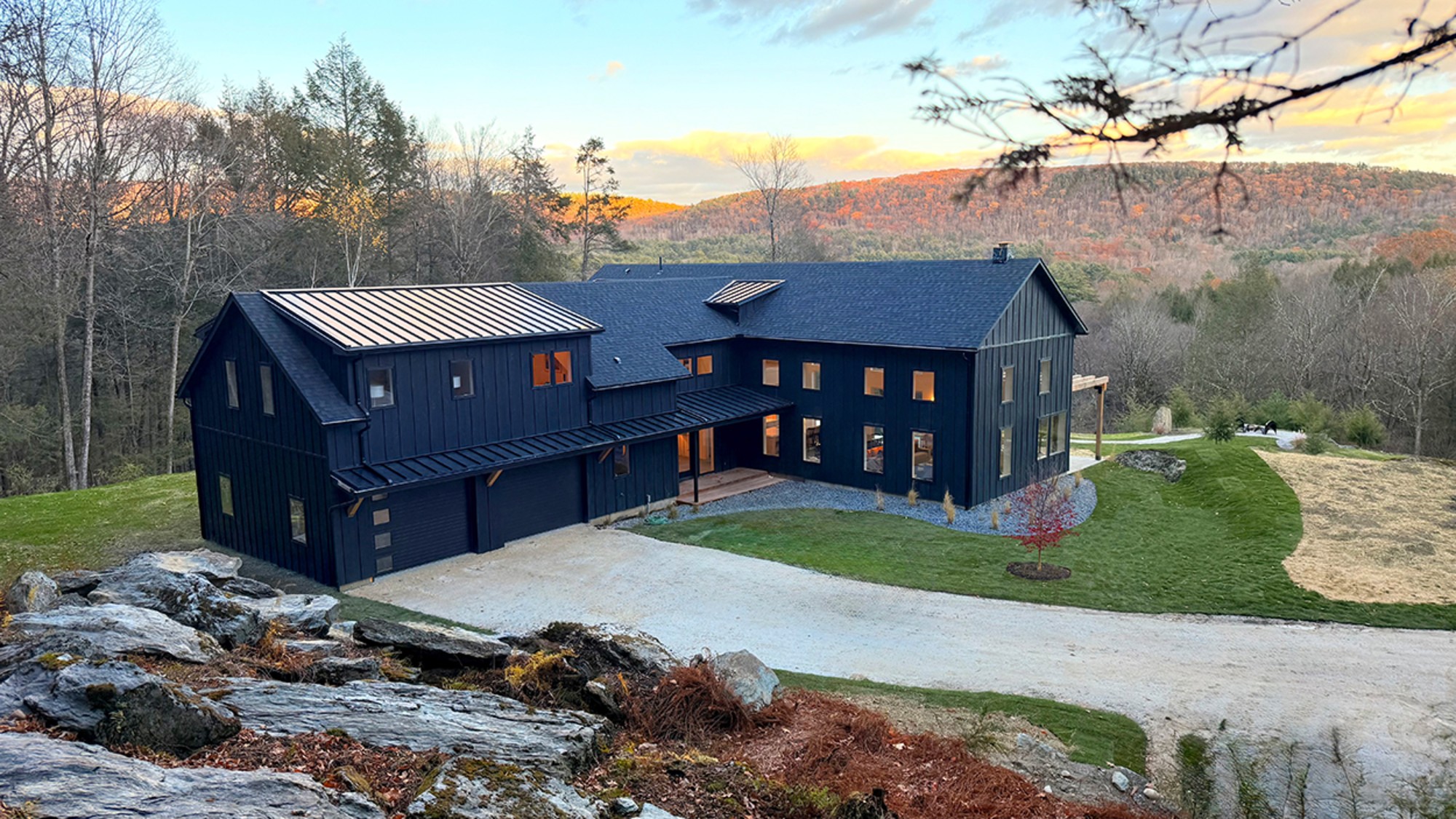 Homes with great fireplaces
Homes with great fireplacesFeature Featuring a suspended fireplace in Washington and two-sided Parisian fireplace in Florida
-
 Film reviews: ‘The Secret Agent’ and ‘Zootopia 2’
Film reviews: ‘The Secret Agent’ and ‘Zootopia 2’Feature A Brazilian man living in a brutal era seeks answers and survival and Judy and Nick fight again for animal justice
-
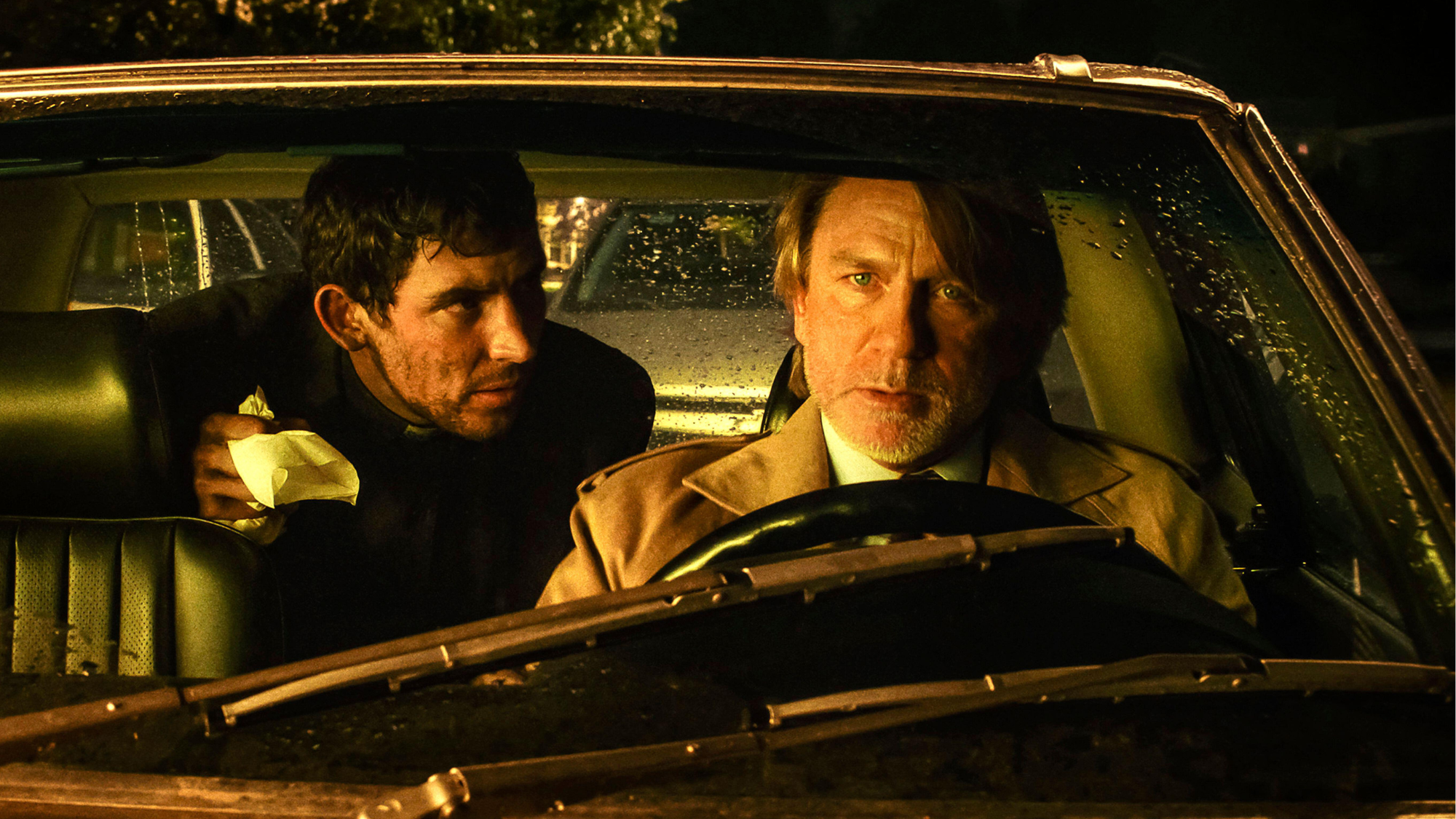 Wake Up Dead Man: ‘arch and witty’ Knives Out sequel
Wake Up Dead Man: ‘arch and witty’ Knives Out sequelThe Week Recommends Daniel Craig returns for the ‘excellent’ third instalment of the murder mystery film series
-
 Zootropolis 2: a ‘perky and amusing’ movie
Zootropolis 2: a ‘perky and amusing’ movieThe Week Recommends The talking animals return in a family-friendly sequel
-
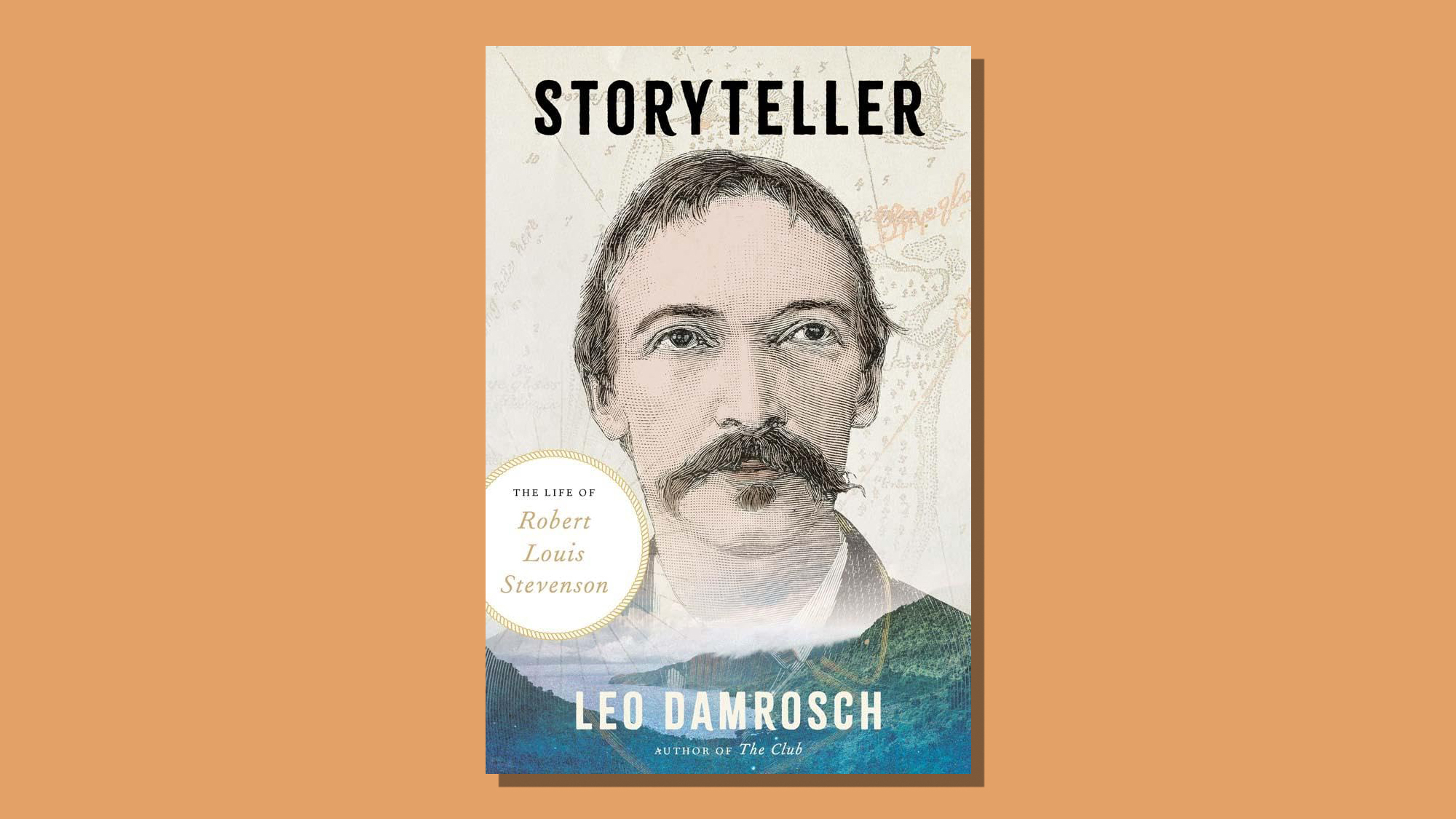 Storyteller: a ‘fitting tribute’ to Robert Louis Stevenson
Storyteller: a ‘fitting tribute’ to Robert Louis StevensonThe Week Recommends Leo Damrosch’s ‘valuable’ biography of the man behind Treasure Island
-
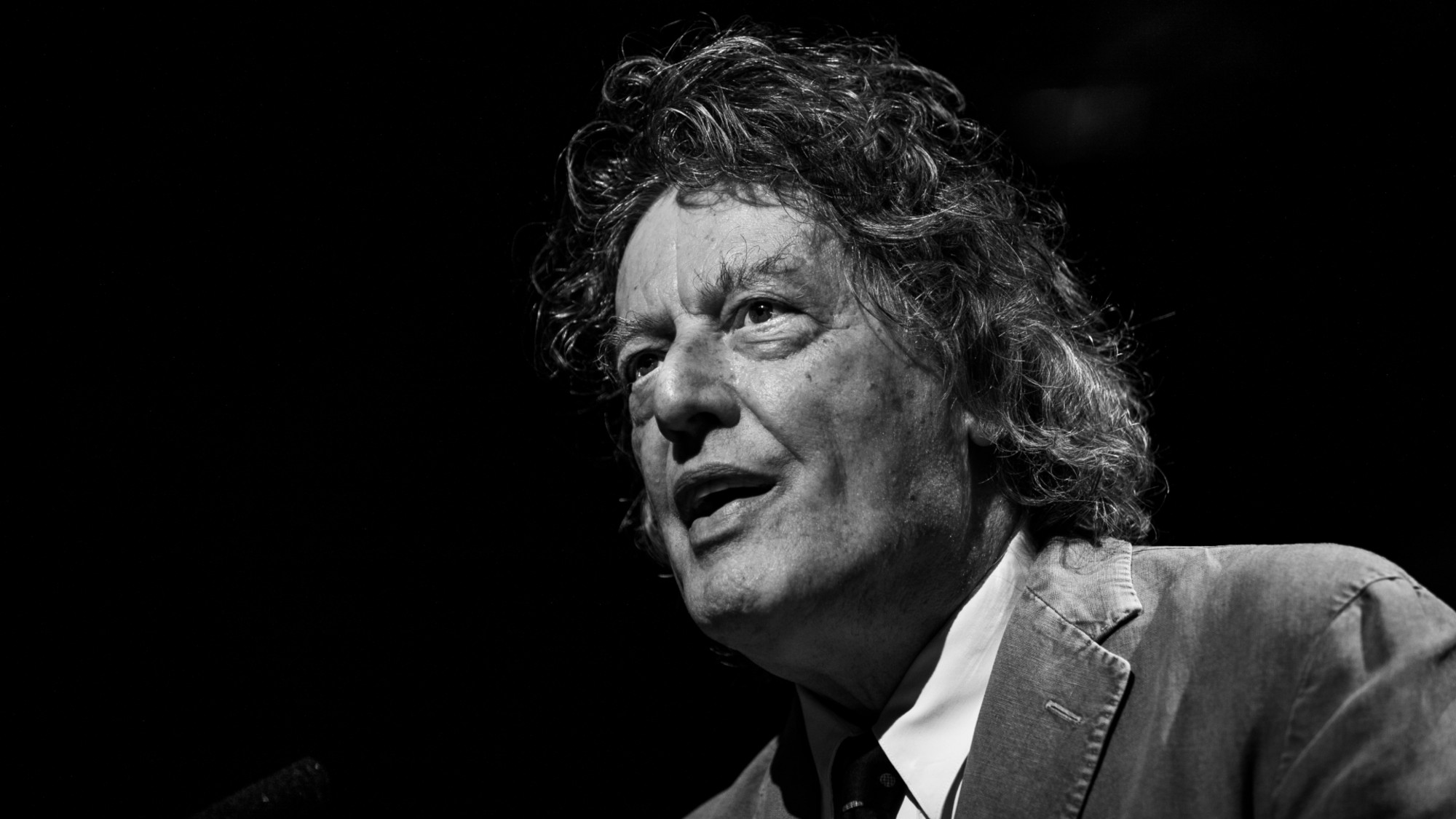 The rapid-fire brilliance of Tom Stoppard
The rapid-fire brilliance of Tom StoppardIn the Spotlight The 88-year-old was a playwright of dazzling wit and complex ideas
-
 ‘Mexico: A 500-Year History’ by Paul Gillingham and ‘When Caesar Was King: How Sid Caesar Reinvented American Comedy’ by David Margolick
‘Mexico: A 500-Year History’ by Paul Gillingham and ‘When Caesar Was King: How Sid Caesar Reinvented American Comedy’ by David Margolickfeature A chronicle of Mexico’s shifts in power and how Sid Caesar shaped the early days of television
-
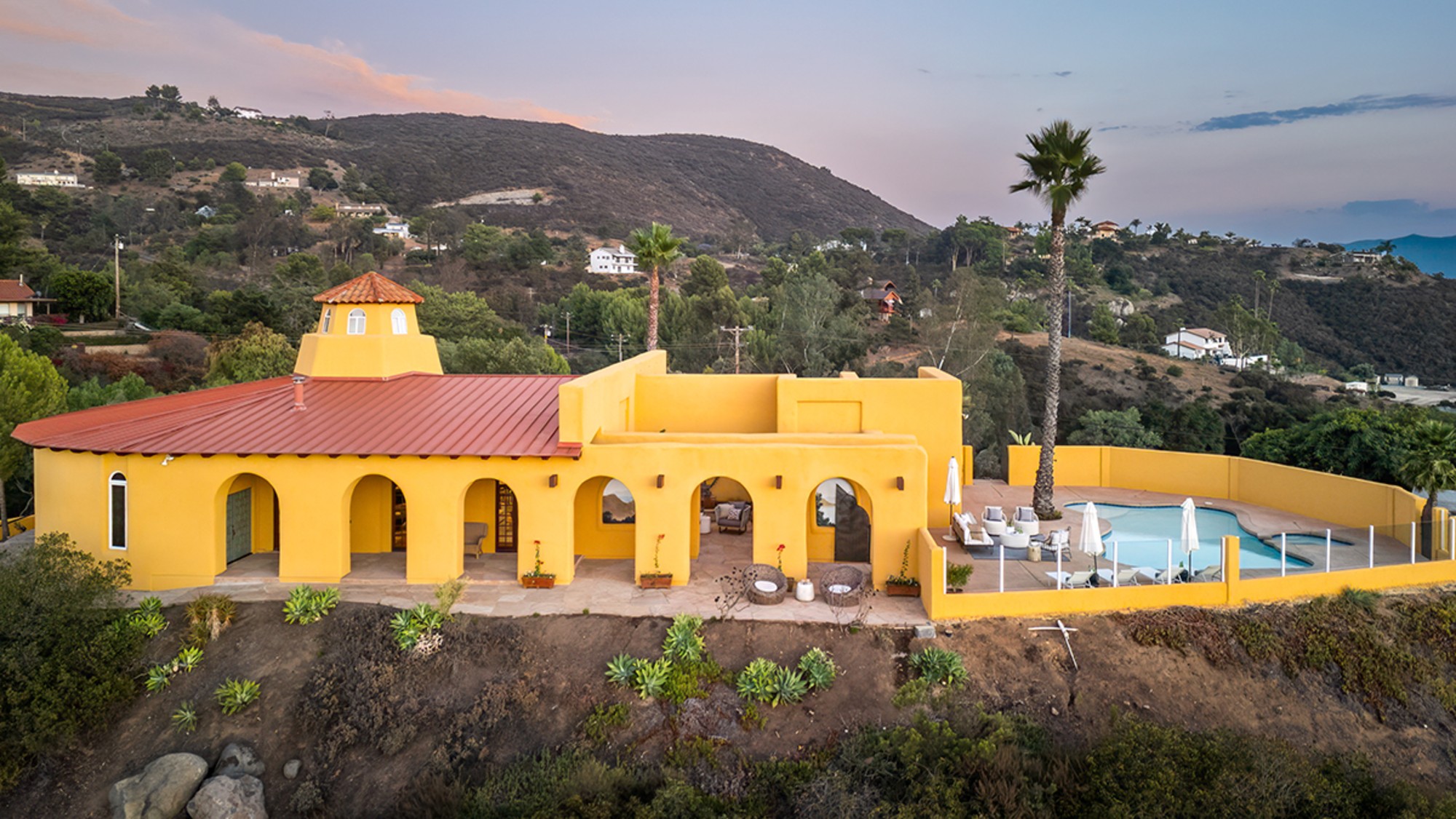 Homes by renowned architects
Homes by renowned architectsFeature Featuring a Leonard Willeke Tudor Revival in Detroit and modern John Storyk design in Woodstock



